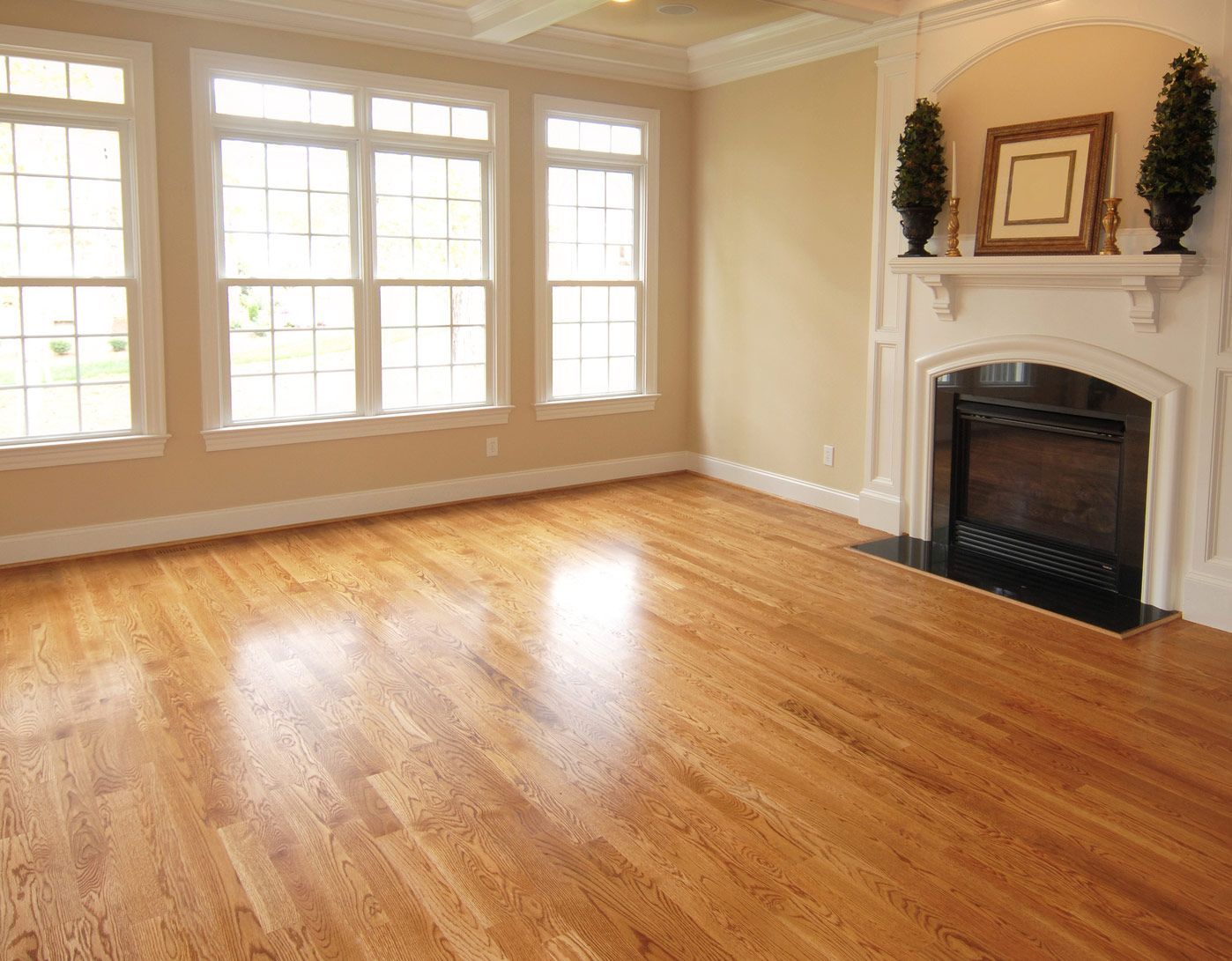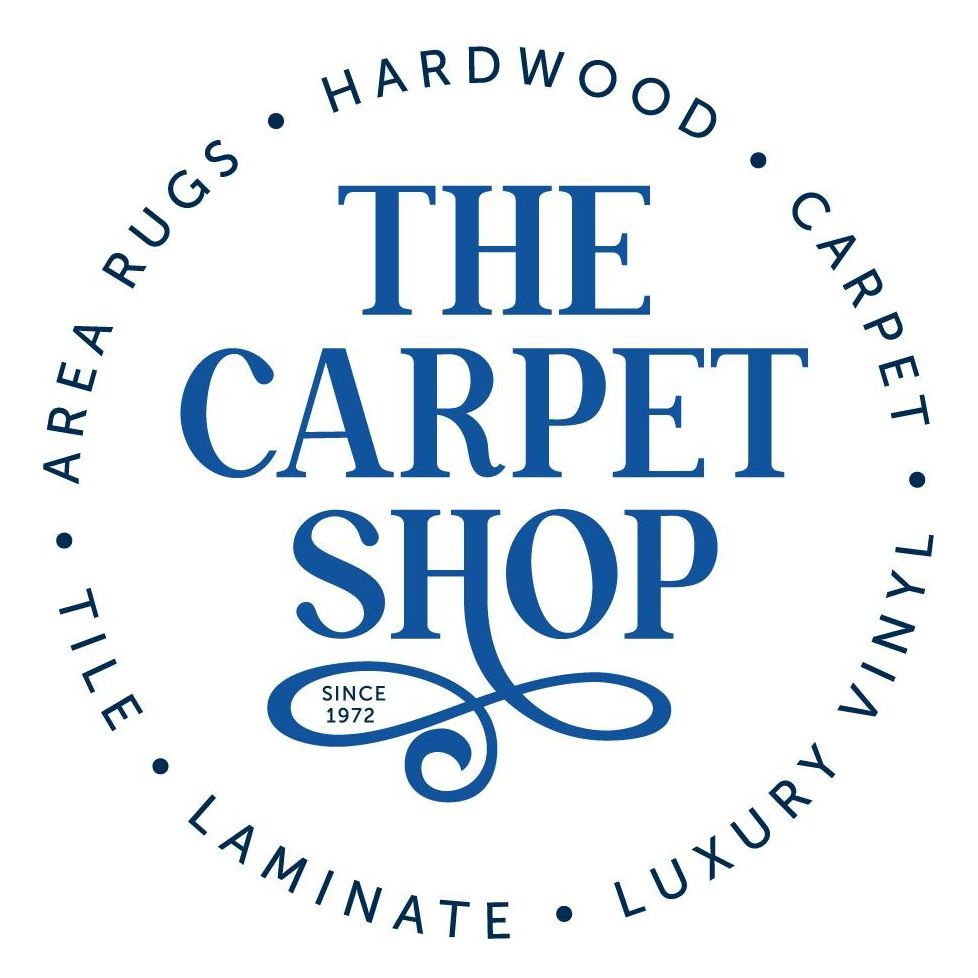One-Stop-Shop for Hardwood Flooring in Summerville
Located in Summerville, SC, we are your trusted source for premium hardwood flooring solutions in the Lowcountry and beyond. With over 50 years of experience in the industry, we are committed to providing our customers with top-quality products, exceptional service, and expert craftsmanship.
Hardwood flooring is a timeless choice that adds warmth, elegance, and value to any home or commercial space. With its natural beauty, durability, and versatility, hardwood flooring offers numerous benefits, making it a popular choice among homeowners and designers alike.

Benefits of Hardwood Flooring:
Timeless Elegance:
Hardwood flooring adds a touch of sophistication and charm to any room, enhancing the overall aesthetic appeal of your space.
Durability:
With proper care and maintenance, hardwood floors can last for generations, making them a wise long-term investment.
Versatility:
Available in a variety of species, finishes, and plank sizes, hardwood flooring can be customized to complement any design style or aesthetic preference.
Easy Maintenance:
Hardwood floors are easy to clean and maintain, requiring simple sweeping and occasional refinishing to keep them looking new.
Enhanced Resale Value:
Hardwood flooring is highly desirable among homebuyers and can increase the resale value of your property.
Extensive Selection of Hardwood Flooring
At The Carpet Shop in Summerville, we offer a wide selection of hardwood flooring options to suit every taste and budget. From traditional oak and maple to exotic species like Brazilian cherry and tigerwood, we carry diverse hardwood flooring types to accommodate your unique design preferences.
Our knowledgeable team is here to assist you in selecting the perfect hardwood flooring option for your space, providing expert advice and personalized service every step of the way. Whether you're looking for solid hardwood, engineered hardwood, or prefinished hardwood flooring, we have the perfect solution.
Competitive Pricing for Hardwood Floors
We understand that pricing is essential when choosing hardwood flooring, so we offer competitive pricing and flexible financing options to fit your budget. Our team is committed to providing transparent pricing and honest recommendations to ensure you get the best value for your investment.
In addition to offering a wide selection of hardwood flooring options, we also carry top brands known for their quality craftsmanship and innovative designs. We have something for everyone, from industry leaders like Shaw, Mohawk, and Armstrong to boutique brands specializing in exotic hardwoods.
Experience the timeless beauty and lasting quality of hardwood flooring with The Carpet Shop Summerville – your trusted flooring experts in Summerville, SC.
Visit The Carpet Shop Summerville today or call (843) 873-1252 to schedule a consultation and explore our extensive hardwood flooring options.







